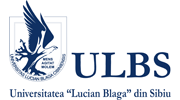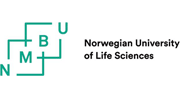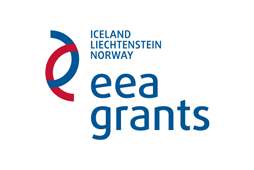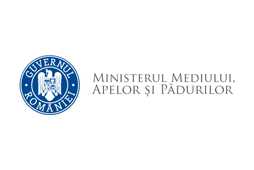Hexabromobyphenyl (HBB)
Traded as: Firemaster, hexabromobyphenyl standard solution.
What is it? Substance from the group of the polibrominated byphenyls (PBB), very toxic, classified as persistent organic pollutant (POP) and banned by the Stockholm Convention from 2001.
Use (purpose): Flame retardant
- Thermoplastics (ABS) acrylonitrile-butadiene-stirene for housings for engines radio parts and TV parts.
- Flame retardant additive in paints and varnishes and in the polyurethane foam used for vehicle upholstery.
Particularly persistent in soil and resilient to microbial degradation.
Current status: Banned for production, sale and use in all countries of the Stockholm Convention.
In Romania: Banned.
Health effects: endocrine disruptor, effects on reproductive capacity in animals and humans.
- Chronic effects: hypothyroidism, possible carcinogenic, according to International Agency for Research on Cancer (IARC), increases the incidence of breast cancer.
- Target organs: endocrine system.
Exposure limits: -
Contamination sources:
It is considered that the population exposure to this chemical is low and generally historical in the areas where HBB was produced or HBB wastes were stored/treated.
- Occupational: Persons having worked in the automotive industry (manufacturing of upholstery using polyurethane foam treated with HBB), in the PBB, plastics, lacquer and paint producing chemical industry.
- Food: people eating food grown in areas accidentally contaminated with HBB or PBB.
Useful links:







